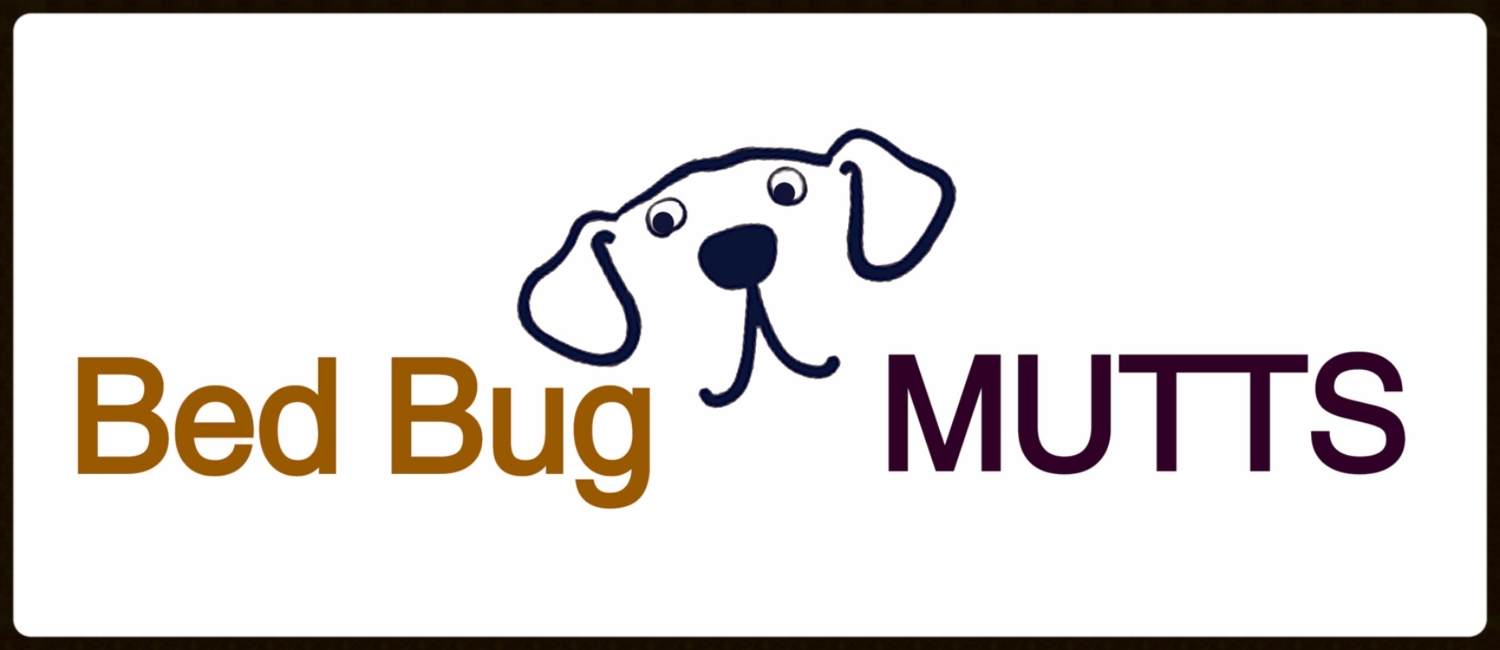Monitors, Traps & Detectors
One Size Does Not Fit All Situations
Devices to detect and trap bed bugs are plentiful and all are not created equal, with varying functions, costs, operating environments and efficacy. Determine which method and model meets your needs.
Definitions
To select the correct tool, first be sure you understand the difference between a monitor, trap and detector and the purpose of each.
Monitor
Collects physical evidence of the presence of bed bugs, e.g. fecal stains, cast skins, etc., without trapping or isolating bed bugs.
Trap
Collects live bed bugs through separation, e.g. pitfall or immobilization, glue strip. Some models also serve to isolate items of furniture, e.g. bed, chair, in an effort to reduce bites.
Monitors And Traps Are Passive Or Active:
Passive:
Signifies no lures or attractants are built-in. Efficacy is dependent upon location, and/or use of a host in very close proximity as an attractant.
Active:
Denotes one or more lures or attractants are included, e.g. carbon dioxide, pheromone, kairomone, heat. Efficacy is best in unoccupied sites. Actives may also be segmented into targeting harbourage-seeking bed bugs with aggregation pheromones and those intended to attract foraging bed bugs with host cues, e.g. heat and carbon dioxide.
Detector
Detects a by-product of bed bugs, e.g. pheromones or DNA. Bed bug dogs are included in this category.
Choosing The Best Monitoring Tool
There are a number of variables that must be considered when selecting the best tool for your needs. Consider them carefully.
No shortage of various bed bug monitors and traps available.
Buyer beware: price is not indicative of success in the field, nor is a picture of 'trapped bed bugs" covering the product.
Purpose
Are you looking for an early detection system for continuous monitoring or a one-time check?
Be mindful of the necessary labour and maintenance costs and ensure the unit is designed for continuous cost-effective operation. Does it require cleaning and replenishment on a regular basis? For example, one product with a lower purchase price is the "climb-up" insect interceptor. However it does require regular vacuuming to remove debris that collects in the pit fall area and compromise the ability to contain bed bugs. Once vacuumed, a thin dusting of talc powder must be re-applied to ensure bed bugs are not able to climb out of the pitfall area. These necessary proceedures are labour intensive, particularly if the bed design has a fifth leg in the centre of the bed.
Are you looking to confirm bed bugs as a result of bites?
To achieve optimal results with active monitors, the area is best left unoccupied, while passives necessitate a host present for several days. Traps, whether glue or pitfall styles, may result in the trapped bug emitting an alarm pheromone which could cause dispersal of any other bed bugs - making them harder to locate and destroy.
Are you looking for confirmation of treatment success?
Be sure placement of your monitor or trap is not compromised by residual chemicals that would block or discourage bed bugs from the immediate vicinity. Bed bug dog services vary in the length of time after treatment at which they will bring in the dog for an inspection. This is the result of a safety concern if pesticides were used (anywhere from two to four weeks) and with heat, at which point the 'live' scent is replaced by 'dead' scent (anywhere from 24 hours to several weeks).
Efficacy
Price is not indicative of value. And as the European Code of Practice / V. 2 states:
"Be aware that the price of a monitor is not necessarily an indicator of its effiacy. Similarly, a photograph on the manufactuer's website of a sticky trap covered with bedbugs is not proof that the trap works"
Be mindful, that success in the lab does not easily transfer to success in the field (rarely it seems with bed bugs).
Sufficient Time
The last point - ensure the product, monitor or trap, is installed for a sufficient number of days for adequate evaluation. Bed bugs do not feed every day (cooler ambient temperatures lengthen the feeding cycle). A minimum of 7 days is advised, while 14 days would be superior.
It is on the point of expediency canine scent detection excels with the fastest results. The trade-off is cost, and bed bug dog inspections costs do vary by geographic region and by service level. For another perspective review Bed bug sniffing dogs: what you need to know on the www.bedbugger.com website.
In contrast, installation of a passive monitor warning system, before bed bugs enter the premises, is the most cost-effective method. The only passive monitor we recommend is the BB Alert Passive Monitor. It is easy to install, has no moving or replacement parts and is simple to use, all for 8¢ / day over one year of use.
Know Your Enemy - What is a bed bug? How do you get ged bugs? Is this a bed bug? Read more...
Quality Assurance - Ensures standards met and due diligence satisfied. Read more...

